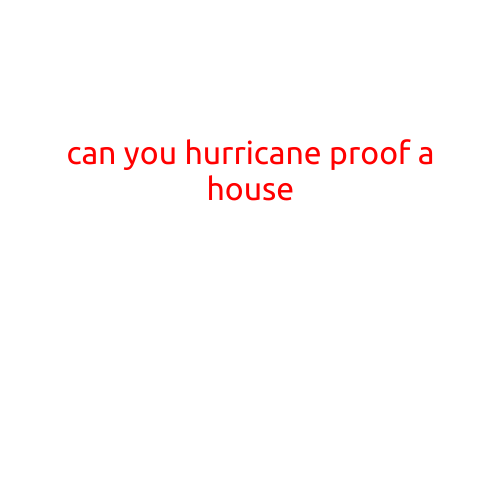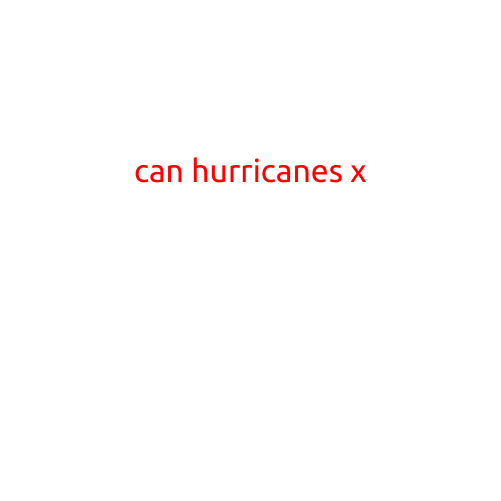
Can Hurricanes Hit New York?
As the East Coast of the United States becomes increasingly susceptible to extreme weather events, many are wondering if hurricanes can indeed hit New York. The answer is yes, but the likelihood and impact depend on various factors.
History of Hurricane Activity in New York
Although hurricanes are more commonly associated with coastal regions like Florida and the Gulf Coast, New York has not been immune to their destructive power. In fact, the state has been affected by several hurricanes throughout its history. Some notable examples include:
- The Great New York Hurricane of 1938: This Category 3 storm made landfall in Long Island, causing catastrophic damage and killing over 600 people.
- Hurricane Gloria (1985): A Category 2 storm that caused widespread power outages and flooding along the eastern seaboard, including in New York City.
- Hurricane Irene (2011): A tropical storm that brought heavy rainfall and floods to the state, causing over $15 billion in damages.
- Hurricane Sandy (2012): A Category 2 storm that devastated parts of New York City, particularly in the Rockaways and Staten Island, causing over $70 billion in damages and 49 deaths.
Why New York is Susceptible to Disasters
New York’s geography plays a significant role in its vulnerability to hurricanes. The state’s long coastline along the Atlantic Ocean and its proximity to the Gulf Stream (a warm ocean current) create an environment conducive to hurricane development and intensification.
Additionally, the state’s densely populated cities, such as New York City, Long Island, and the Hudson Valley, can amplify the impact of a hurricane. A direct hit or close proximity to a hurricane can lead to catastrophic consequences, including:
- Flooding: Storm surges, heavy rainfall, and overflowing rivers can cause widespread flooding, damaging homes, businesses, and infrastructure.
- Power outages: Strong winds can knock down power lines and disrupt supply chains, leaving thousands without electricity.
- Transportation disruptions: Flooding and wind damage can compromise road and rail networks, making it challenging for people to evacuate or access essential services.
Preparing for Hurricanes in New York
While the threat of hurricanes is present in New York, there are steps individuals and businesses can take to prepare and mitigate the impact:
- Stay informed: Monitor weather reports and emergency alerts from trusted sources, such as the National Weather Service (NWS) or local authorities.
- Create a plan: Develop a comprehensive emergency plan, including evacuation routes, emergency contact numbers, and a supply kit with essentials like food, water, and batteries.
- Secure property: Secure outdoor items that could become projectiles in strong winds, such as patio furniture, trash cans, and potted plants.
- Stock up on supplies: Make sure you have a sufficient stockpile of non-perishable food, water, and medications in case you’re unable to leave your home.
Conclusion
While hurricanes can hit New York, the impact can be significantly reduced if individuals and businesses take proactive measures to prepare and respond. By staying informed, creating a plan, and securing property, we can minimize the effects of these powerful storms and ensure the safety and well-being of our communities. As the possibility of hurricanes increases in the region, it’s essential to prioritize preparedness and resilience to face the challenges ahead.





